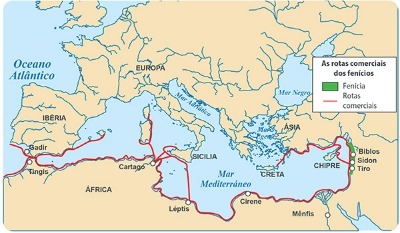O Triple Alliance Treaty it was a secret agreement signed on May 1, 1865, in the city of Buenos Aires, between Brazil, Argentina and Uruguay.
The three countries allied themselves against Paraguayan dictator Solano López and fought together in the Paraguayan War (1864-1870).
This event was considered the biggest and one of the bloodiest conflicts that took place in Latin America in the 19th century.
Summary of the Triple Alliance Treaty
The Triple Covenant Treaty was composed of 19 articles. The document proposed, among other things, the joining of forces between the three signatory countries, with the aim of main of defeating Paraguay, thus overthrowing the expansionist government of Francisco Solano Lopez.
López was mainly looking for the conquest of neighboring territories to obtain an outlet to the sea, while the countries defended their territories and forced the free navigation of the Paraná and the rivers. Paraguay.
This agreement was necessary because Paraguay had a more organized and better armed army than its opponents.
Article 1 of the document defines the main objective of the Triple Alliance:
“His Majesty the Emperor of Brazil, the Argentine Republic and the Oriental Republic of Uruguay unite in an offensive and defensive alliance in the war promoted by the Paraguayan Government”.
Thus, Paraguay had approximately 60,000 men, in addition to ships, squadrons and artillery, while Brazil had around 12,000 soldiers, Argentina 8,000 and Uruguay, 3,000. Note that together they did not reach the number of Paraguayan soldiers.
To do so, it was difficult to hold the power of that country, which led to the alliance between Brazil, Argentina and Uruguay.
The representatives of the signatory countries were:
- Vice Admiral Visconde de Tamandaré, Brigadier Manoel Osório and Francisco Otaviano de Almeida Rosa, from Brazil;
- Brigadier General D. Bartolomé Miter and Dom Rufino de Eliralde, from Argentina;
- Brigadier General D. Venâncio Fiores and Dom Carlos de Castro, from Uruguay.
Another important point of the document emphasizes that this alliance corroborated the position of the signatory countries against the Paraguayan government, and not its population:
“Art. 7. Since the war is not against the people of Paraguay, but against its Government, the allies will be able to admit the citizens of that country to a Paraguayan legion. nationality that want to compete to overthrow the said Government, and will provide them with the necessary elements, in the form and with the conditions that adjust”.
Although they defeated Paraguay, with the help of England, the Treaty did not specify the forces that each ally should contribute, as indicated in Art. 2.°:
“The allies will compete with all the means of war at their disposal, on land or in rivers, as they deem necessary.”.
This resulted in a very expensive war, leaving the economies of the countries involved shaken, especially Brazil.
As it had the support of England, the debt of the countries of the Triple Alliance increased considerably with this power.
Paraguay's defeat left the country in a critical state of poverty, hunger and epidemics. A large part of the male population was decimated, which shook the country's economy.
Currently, Paraguay is one of the Latin American countries with low development.



